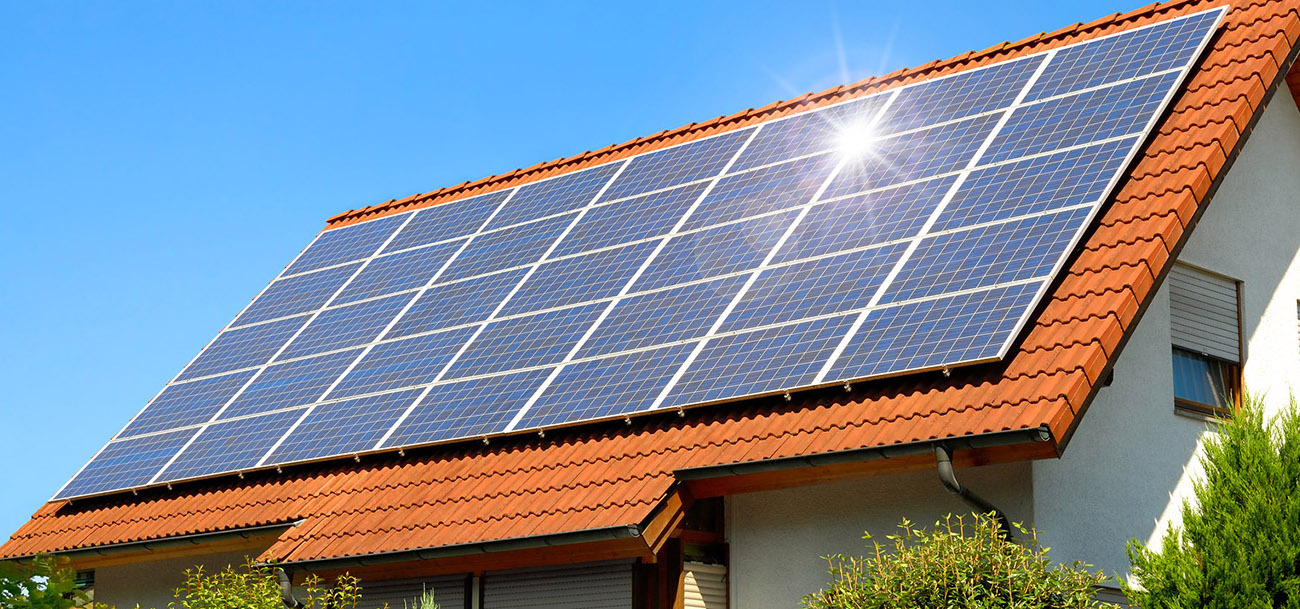
How Much Do Solar Panels Cost In Your State
In 2016, the solar industry in the United States reached a remarkable milestone- the millionth system was installed. To add to this excitement, experts forecast that the next million installations would be achieved by the end of 2018. This demonstrates the monstrous pace with which this industry is growing.
With increased efficiency and declining costs of solar panels, homeowners are now able to achieve breakeven point in fewer years than before. It is not a surprise to find a US homeowner seeing a payback period of only 3 years!
Obviously, the economic benefits of going solar are the biggest motivator, but there are other reasons you may want to install a home solar system. For instance, solar reduces the carbon footprint and enhances national energy independence. No matter the reason for being interested in solar, the one question that still lingers is the cost of installing solar panels. This article will seek to answer this, but let us go back to the basics first.
What are solar panels and what is included in installation?
A solar panel is a device that converts sunlight into electricity. It comprises of 36 or 72 silicon cells, which generate electricity upon exposure to sunlight. During installation, several panels can be connected to achieve more current or more voltage. There are many types of solar panels, but the photovoltaic (PV) type is the most common in household applications.
Since the solar panel is the most visible component of the system, not many people are conversant with the other equally important components. These include inverter, charge controllers, and AC/DC disconnects among others. The solar array disconnect is an electrical switch that plays and important role in the system. It allows the technician to cut out power from the solar panels in the event that repairs are needed. Ensure that this switch is strong enough to counter the power from the panel anytime, including a sunny day.
Another important component is the charge controller, which is synonymous with systems that come with battery back-up. Its role is to ensure a consistent electrical power supply to the battery. It prevents overcharging and over discharging of the battery.
You probably have heard about Direct Current (DC) and Alternating Current (AC). Solar panels produce DC current, which is not compatible with most household equipment. Therefore, it is necessary to convert this current to AC. That is the job of the inverter.
Also included in installation are mounting structures for holding the solar panel and other components in place. Depending on the size of system and conditions in your area, the structures could vary in design. Generally, inclined roofs have flush mount while flat roofs use triangular mount.
Having listed these components, you are probably wondering who should take care of your home solar system. As the homeowner, you are required carry the necessary maintenance to ensure the system remains effective. You are also obligated to ensure that it adheres to your property insurance policy. That is why learning a thing or two about each of these components is advisable. However, that is beside the main point of this guide.
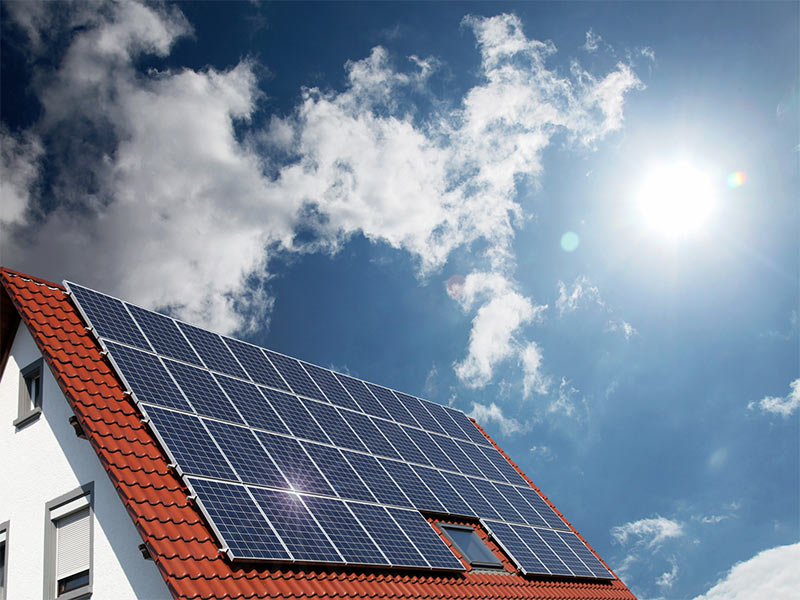
What Is Covered In This Guide
We have answered some of the most common questions asked by homeowners regarding solar panel installation. These questions revolve around number of panels, size of system, and savings from the system and so on. We have also outlined a few tips for prospective system owners.
How much solar panel system can save on your household energy bill?
Current and future utility rates can be an excellent guide on how much a solar system can save on your energy bill. If you make a few assumptions, savings can be as much as $ 187 per month for a 5 kW solar PV system. However, the best way get the best estimate of how much you can save is to get a quote from a recommended installer in your state/area. Generally, it depends on which state the system is installed.
Geographic location is very important when it comes to determining the amount of savings a system can generate. For a better indication the effect of the state factor, check out this table for solar panel system (5kW) savings estimate in 2017 for selected states.
| State | Average price for 5kW solar system | 20-year savings |
|---|---|---|
| Arizona | $12,215 | $17,033 |
| California | $13,370 | $28,360 |
| Colorado | $12,635 | $16,635 |
| Florida | $9,905 | $16,182 |
| Massachusetts | $14,350 | $30,243 |
| Maryland | $11,690 | $20,466 |
| New Jersey | $12,390 | $24,622 |
| New York | $13,650 | $28,446 |
| Texas | $11,270 | $14,221 |
| Washington | $14,595 | $7,484 |
Source: https://news.energysage.com/much-solar-panels-save/
Average Cost of Solar Panels Based On Your System Size
The dollars per watt format of expressing solar panels cost is the most prevalent in the United States. However, the most important thing to note is that the cost of a solar system goes with amount of electricity generation desired. That is where 6kW, 8kW and 10 kW systems come in. Other than that, the average cost of solar panels also varies from state to state. The website Energysage.com shows solar panel pricing per state for both 6kW and 8kW systems. For example, a 6kW system costs between $13,700 and $17,500 in California. In the same state, the price of 10kW system ranges from $22,800 to $29,200.
Here is a table showing estimated solar panel cost in some states.
| State | Cost: 3kW | Cost: 5kW | Cost: 10kW |
|---|---|---|---|
| Alabama | $4.87 | $4.50 | $3.95 |
| Alaska | $4.87 | $4.50 | $3.95 |
| Arizona | $4.53 | $4.16 | $3.61 |
| California | $4.44 | $4.07 | $3.52 |
| District of Columbia | $4.90 | $4.53 | $3.98 |
| Florida | $4.76 | $4.39 | $3.98 |
| Georgia | $3.31 | $2.94 | $2.39 |
| Texas | $4.63 | $4.26 | $3.71 |
| Wyoming | $4.87 | $4.50 | $3.95 |
Source: https://news.energysage.com/how-much-does-the-average-solar-panel-installation-cost-in-the-u-s/
Here are the average prices for solar panel installation in US in 2017
Another interesting and important consideration is the cost of solar installation. Again, this varies from state to state. The most influential factor in this regard is cost of electricity.
If you are organizing your own approvals and permits, DIY solar installation cost in America is $2.50 per watt on average. However, many property owners are not interested in DIY work, but want to know the rates of a contractor arrangement.
Since there are many ways of having the solar panels on your roof, here is a breakdown of the current average prices for solar panel installation in the US in selected states.
| State | Cash purchased solar system (per watt) | Financed solar system (per watt) | Lease / PPA (cents / kWh) |
|---|---|---|---|
| Colorado | $3.12 | $3.45 | 15.2¢ |
| Alabama | $2.90 | $3.30 | n/a |
| California | $3.18 | $3.56 | 15.6¢ |
| Florida | $2.88 | $3.26 | n/a |
| Georgia | $2.78 | $3.16 | n/a |
| Hawaii | $3.42 | $3.78 | 17.4¢ |
| Massachusetts | $3.27 | $3.61 | 14.8¢ |
| Mississippi | $2.95 | $3.30 | n/a |
| Montana | $3.00 | $3.35 | n/a |
| New Jersey | $3.22 | $3.58 | 14.6¢ |
| West Virginia | $3.00 | $3.50 | n/a |
| Texas | $3.12 | $3.44 | n/a |
See prices in your area and get free solar quotes for your house
Solar Panel System Cost in US. Pricing Table by State
Here is an overview of solar panels system costs in the US for 10 kW and 20 kW installations
| State | Price range – 10kW | Price range – 20kW |
|---|---|---|
| Arizona | $18,179 – $23,780 | $36,359 – $47,561 |
| California | $20,619 – $26,896 | $41,237 – $53,791 |
| Colorado | $19,437 – $26,356 | $38,875 – $52,712 |
| Florida | $18,509 – $24,406 | $37,017 – $48,811 |
| Massachusetts | $21,398 – $27,582 | $42,795 – $55,165 |
| Maryland | $19,500 – $24,719 | $39,001 – $49,437 |
| New Jersey | $19,652 – $25,489 | $39,305 – $50,978 |
| New York | $19,582 – $28,712 | $39,164 – $57,425 |
| Texas | $17,991 – $23,954 | $35,982 – $47,908 |
| Washington | $22,548 – $29,823 | $45,096 – $59,646 |
Source: https://news.energysage.com/how-much-does-the-average-solar-panel-installation-cost-in-the-u-s/
Solar Panel System Costs by State Explained
The table above shows a disparity in solar panel system cost in different US states. Some states may have abundant sunshine, but their uptake of solar is still not good. This is mostly due to opposition from utility companies, unfriendly tax incentives and complicated laws. It is important to note that prices vary from one state to another depending on the financing method used. A 10-12% origination fee for solar financing may make a system as much as 15% costlier. Incentive programs vary among different utility companies and states, and this affects system cost too. The changing solar panel rebates in many states may also lead to differences in these costs.
How much can you save by installing a solar panel system?
Solar savings calculations are based on steps such as:
- Determining cost of solar system after rebates
- Determining the amount of energy to be generated by system
- Figuring out the degradation level of the system-panels degrade over time
- For states with net metering, multiplying power generated with power price-this gives 1 year savings
- Figuring out the annual rate of electricity price change
We know that it can get complicated, so we have examples for several states to help you compare. The table is based on an average household system size of 5kW.
| State | Potential Monthly Savings |
|---|---|
| Alabama | $72.94 |
| Arizona | $90.90 |
| Arkansas | $59.97 |
| California | $126.07 |
| Colorado | $74.17 |
| Connecticut | $116.74 |
| Delaware | $76.42 |
| Florida | $71.29 |
| Georgia | $72.89 |
| Idaho | $59.92 |
| Illinois | $72.38 |
| Indiana | $57.73 |
| Iowa | $77.80 |
| Kansas | $81.97 |
| Kentucky | $60.91 |
| Louisiana | $58.11 |
| Maine | $73.78 |
| Maryland | $81.10 |
| Massachusetts | $86.56 |
| Michigan | $75.98 |
| Minnesota | $65.28 |
| Mississippi | $63.72 |
| Missouri | $60.45 |
| Montana | $58.87 |
| Nebraska | $70.16 |
| Nevada | $69.04 |
| New Hampshire | $94.95 |
| New Jersey | $91.02 |
| New Mexico | $87.19 |
| New York | $85.64 |
| North Carolina | $65.66 |
| North Dakota | $59.12 |
| Ohio | $62.14 |
| Oklahoma | $63.66 |
| Oregon | $56.31 |
| Pennsylvania | $67.90 |
| Rhode Island | $95.30 |
| South Carolina | $74.54 |
| South Dakota | $67.39 |
| Tennessee | $49.87 |
| Texas | $72.56 |
| Utah | $73.33 |
| Vermont | $82.22 |
| Virginia | $62.49 |
| Washington | $34.05 |
| West Virginia | $54.67 |
| Wisconsin | $65.23 |
| Wyoming | $69.64 |
Source: https://www.thesimpledollar.com/solar-cost-comparison-state-by-state/
How Much Does A Single Solar Panel Cost?
For many homeowners planning to install a home solar system, the cost of a single solar panel is a crucial parameter as it helps estimate the cost of the project. The price of a solar panel is often given in cost per watt, which is $/Watt in the United States. While this is the best way of comparing solar panels of different brands and sizes, it is not the only way of expressing this cost.
As with a complete solar system, the price of a solar panel depends on who is selling, brand of the product among a host of other factors. The price will also vary based on the number/type of components that accompany the solar panel.
Generally, the price of a single solar panel is in the range of $1.50- $2.20 per watt. With the increasingly friendly prices, do not be surprised to get a panel for as little as $0.85 per watt, especially if the added costs listed below are excluded. Some factors that affect this price are:
- Type/quality of panel
- Inverter
- Installation equipment
- Delivery fee
Obviously, you are likely to get friendlier prices from a solar installer in your area compared to deals from online vendors.
Tips for homeowners when thinking of solar panel system for their households
The coverage of common questions posed by homeowners interested in solar pv systems cannot be complete without a few tips. We reiterate that going solar is worthwhile considering the presence of net metering and solar tax credit. Specific factors that touch on geographic location, expected return on investment, roof characteristics and so forth are equally crucial. In this regard, here are a few tips to help homeowners interested in going solar.
1. Save More Through Multiple Quotes
Shopping for a good solar installation is a lengthy affair that calls for patience. This is the same for all big-ticket purchases. Research and review of available providers in your area is necessary. Nothing cements this recommendation more than the report from the U.S. Department of Energy’s National Renewable Energy Laboratory (NREL) that recommends a comparison of as many solar alternatives as possible.
2. Big installers are not always the best
There is a huge misconception in the market that only large solar companies can give the best services. Prospective solar system owners are advised to consider numerous solar options without regard for brand visibility. You might be surprised to know that a recent US government report showed that large installers could be as much as $5,000 costlier than smaller counterparts could. Make sure you compare quotes from such installers with the local installers to avoid paying unnecessarily high rates.
3. Do not rush for DIY Solar Installation
While a DIY solar installation project is easy for some homeowners, the procedural and technical risks involved may not be worth it. Nowadays, the savings you make by following this route are increasingly little because solar system costs have fallen dramatically.
Let us illustrate this point: A good solar panel kit costs about $1.67 per watt on average. Roofing and electrician services will cost you $1 per watt one-off. In total, this comes to $2.67 per watt.
Remember that you are on your own in the event of technical or legal issues. Considering such issues, are savings of about 50 cents per watt worth it? We think you will agree that this is not a strong motivator towards DIY solar installation.
4. Ask As Many Questions as Possible
Ultimately, homeowners will get concrete answers when they talk to or meet solar installers. When getting solar installation estimates, it is important to know the technologies the company will use, their experience, the software they use, maintenance plans and so on. Do they have a warranty? Watch out for hidden fees especially where multiple warranties are involved. You do not want to have a system installed and have avoidable issues thereafter.
5. Realistic Solar Panel Cost
The price of a solar panel is an important consideration to make when shopping. Chances are that the panel is of poor quality if it cost substantially lower than other panels of similar size. Usually, low price suggests that the components and installation will be of poor quality. It is also possible to be a victim of overpriced products and services, so you need to watch out for both extremes.

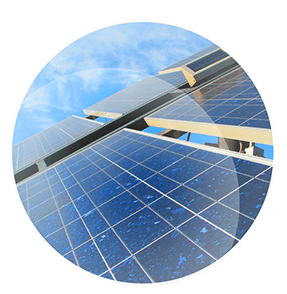



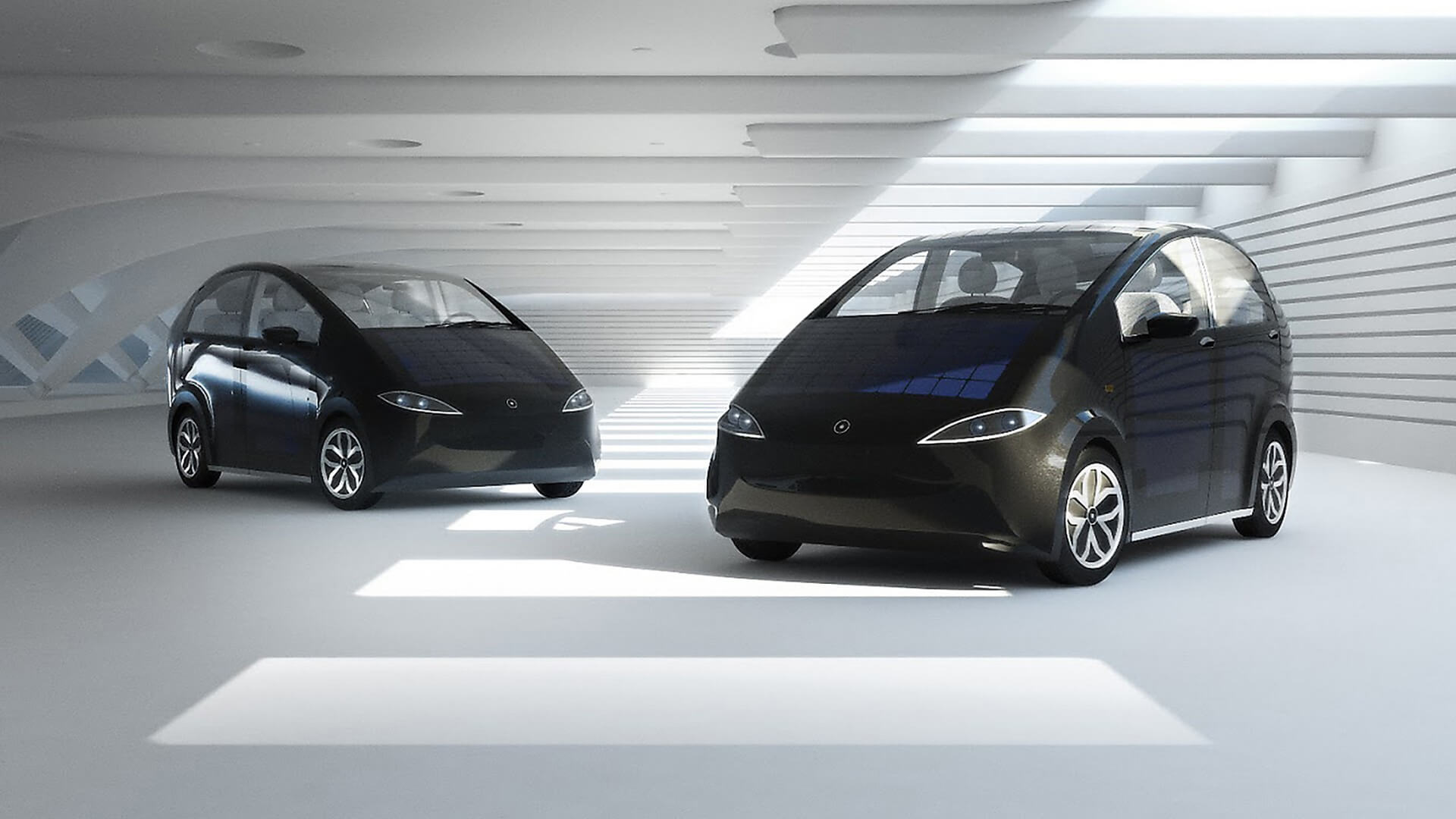
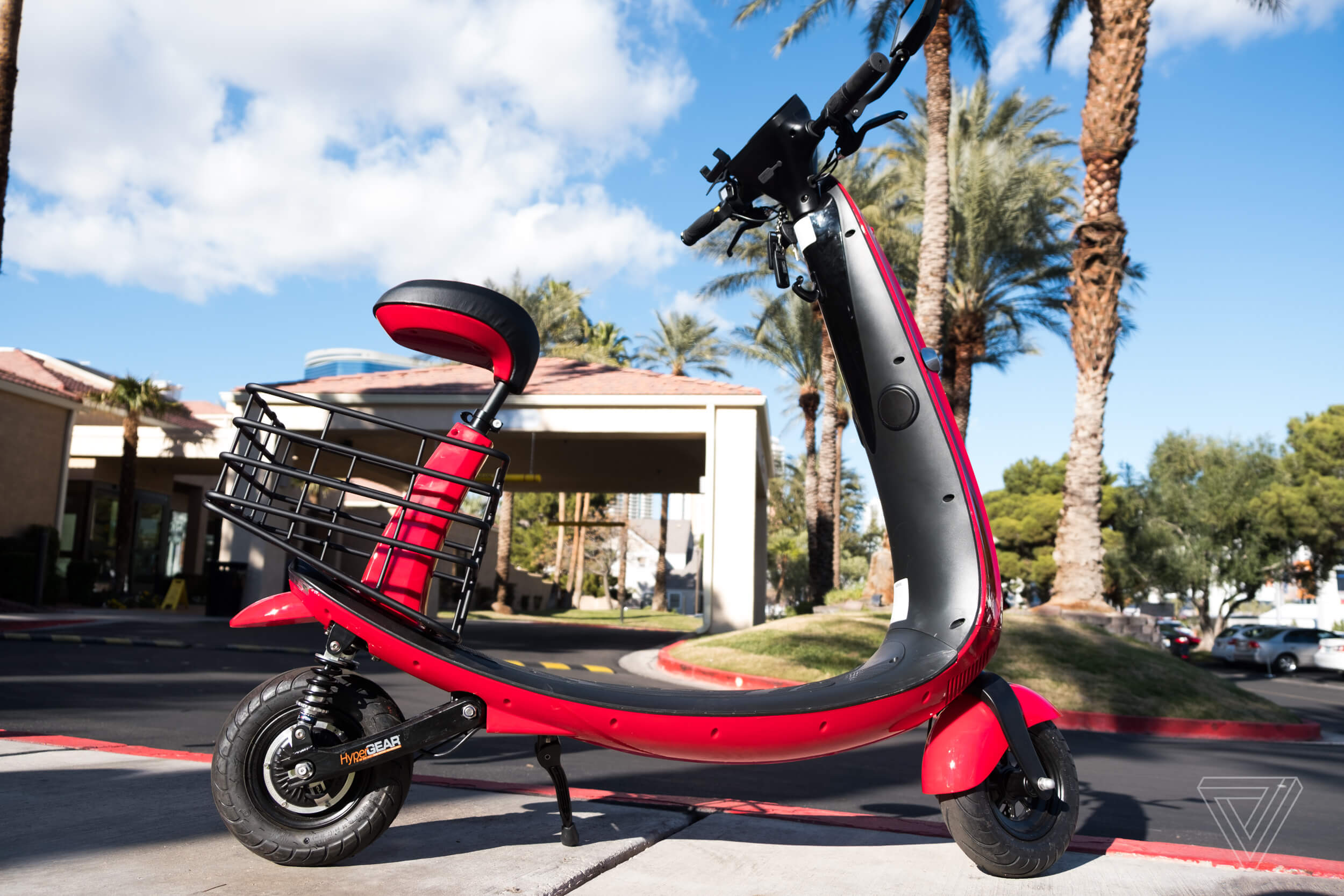

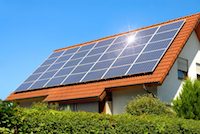



please feel free to contact us for more information on solar panels, solar rebates and anything to do with solar ..